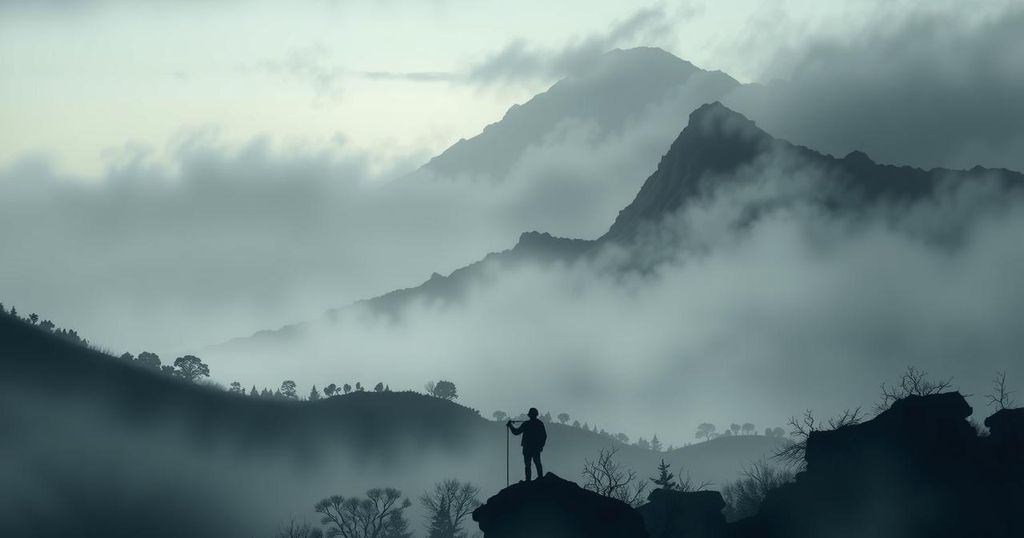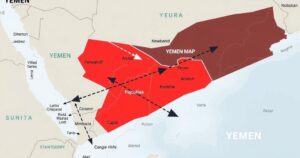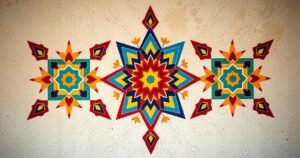Understanding the Ongoing Conflict in Goma, DR Congo

The conflict in the Democratic Republic of Congo’s east stems from historical tensions heightened by the 1994 Rwandan genocide. The M23 rebel group’s recent advance into Goma signals ongoing instability as it seeks to protect Tutsi rights amidst accusations of Rwanda’s involvement. The intricate relationship between local and regional actors complicates the pursuit of lasting peace in the area.
The Democratic Republic of Congo’s eastern region, abundant in minerals, has faced over three decades of turbulence, tracing its origins back to the 1994 Rwandan genocide. Various armed factions have vied for influence and control, resulting in grave humanitarian crises that have drawn in neighboring nations, notably during the 1990s when conflict escalated into what became known as Africa’s World Wars.
Currently, the M23 rebel group has captured Goma, a vital city situated on the border with Rwanda and near Lake Kivu. Goma is critically important for trade and transportation, allowing access to mining areas rich in gold, tin, and coltan, essential for electronic devices. The M23’s claim of controlling Goma is contested by the Congolese government, which asserts that it retains crucial strongholds in the region.
The complex interplay of ethnic strife, historical grievances, and regional power dynamics underlie the ongoing conflict in the Democratic Republic of Congo. With external influences from Rwanda and internal challenges related to power and resource management, a lasting peace remains elusive. Stakeholders must address these deep-rooted issues to pave the way toward stability and prosperity.
Original Source: www.bbc.com








